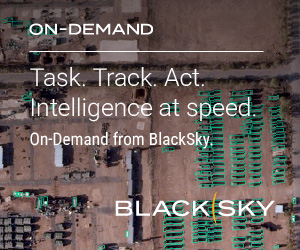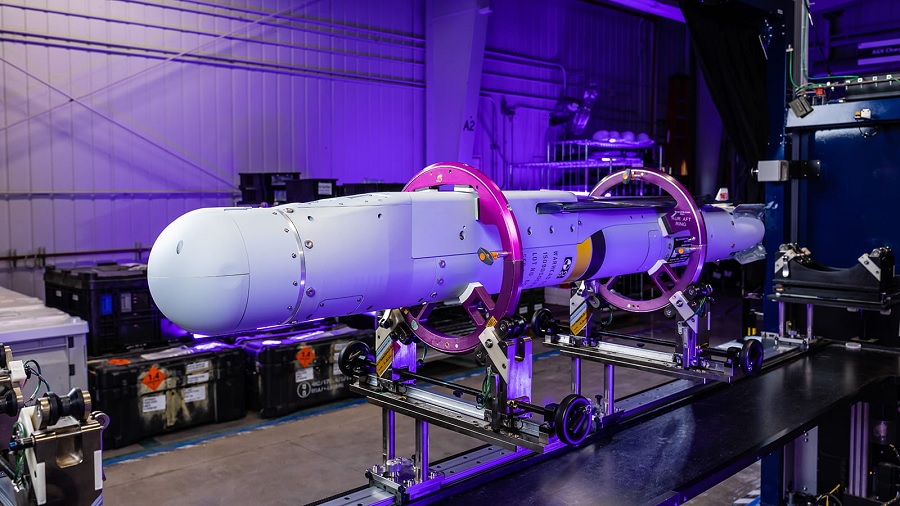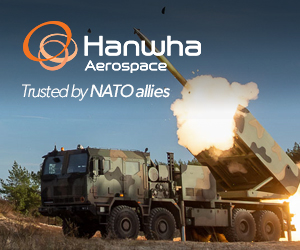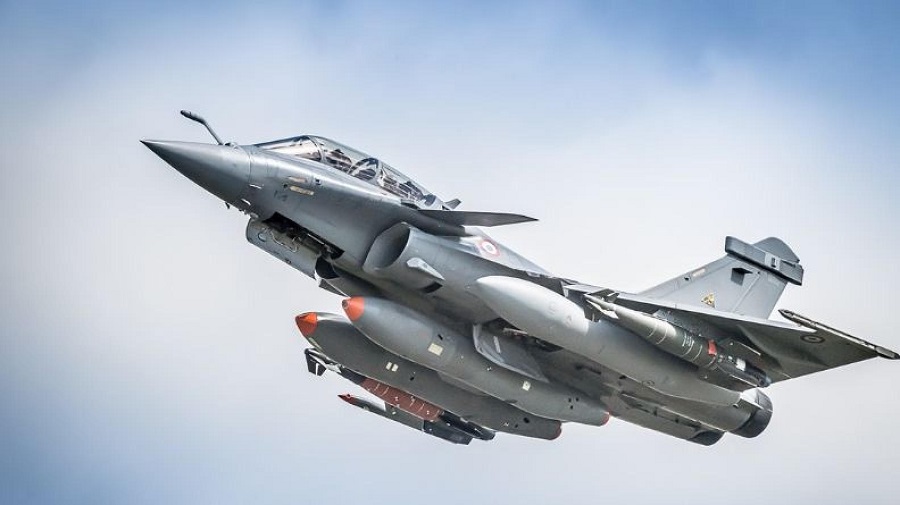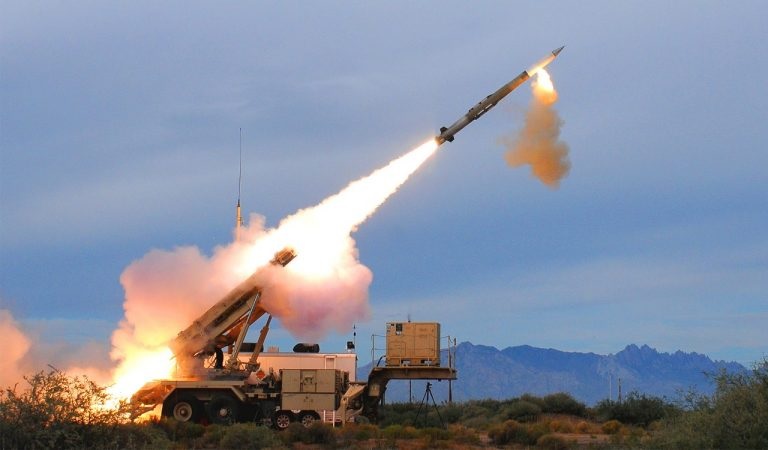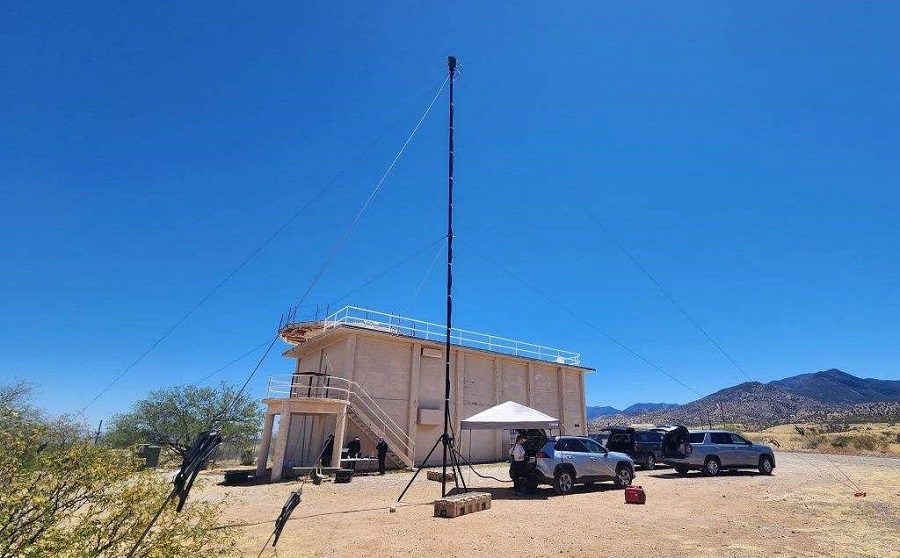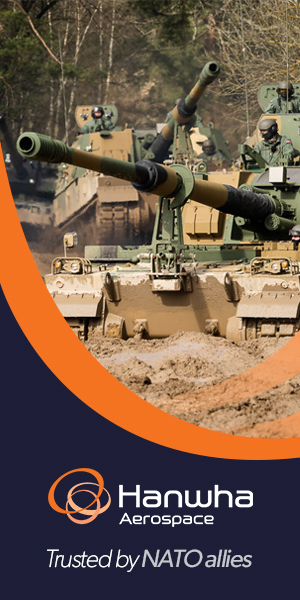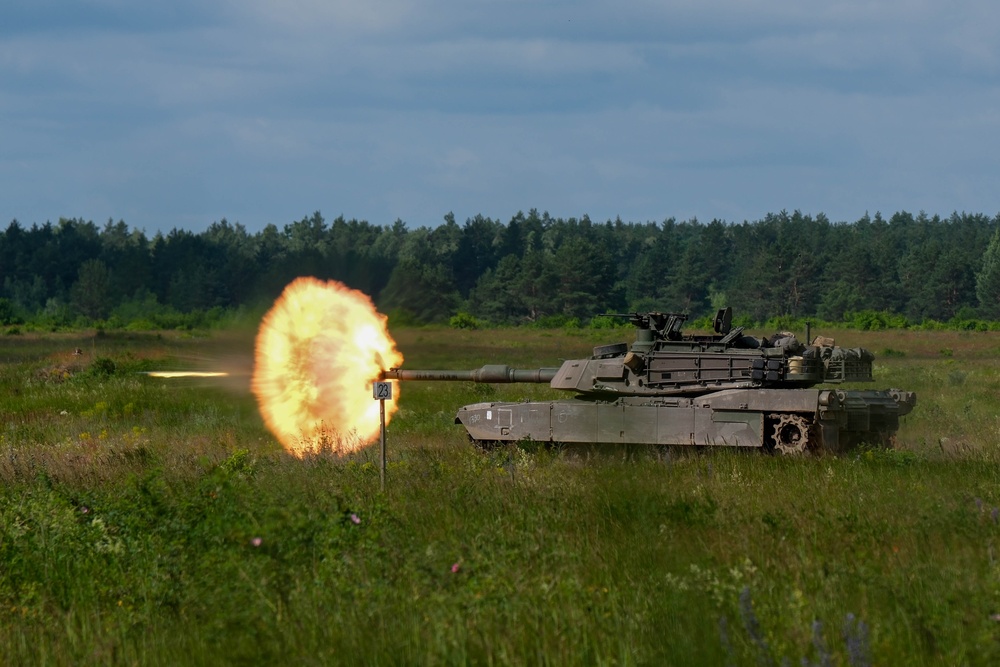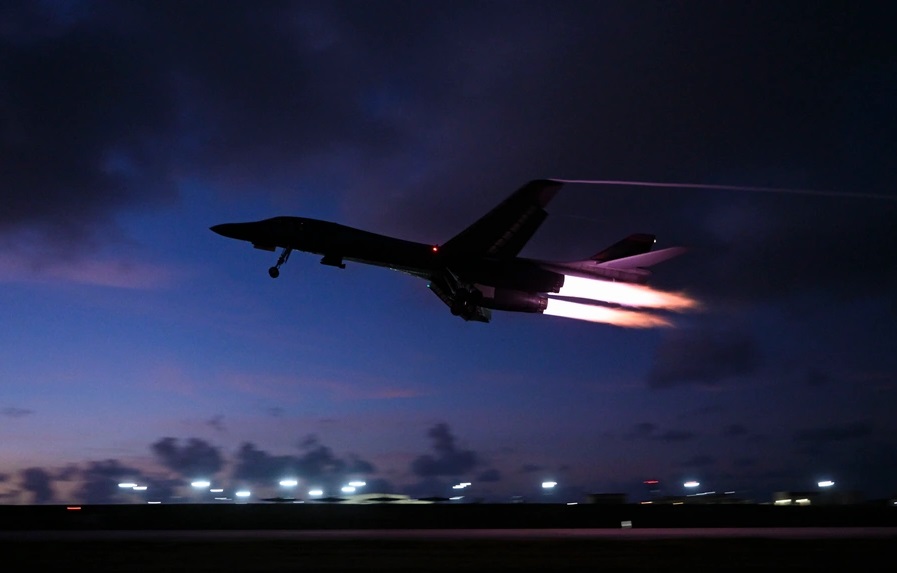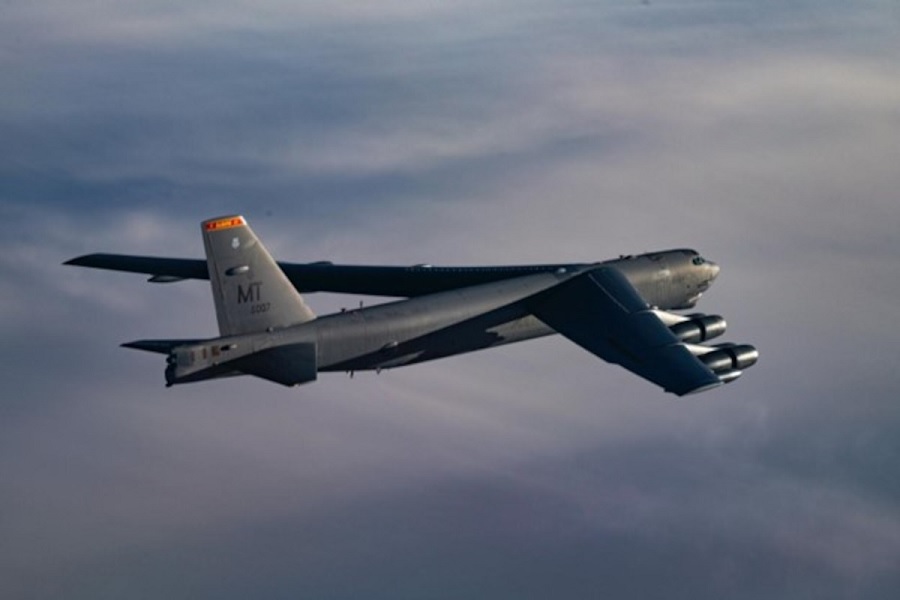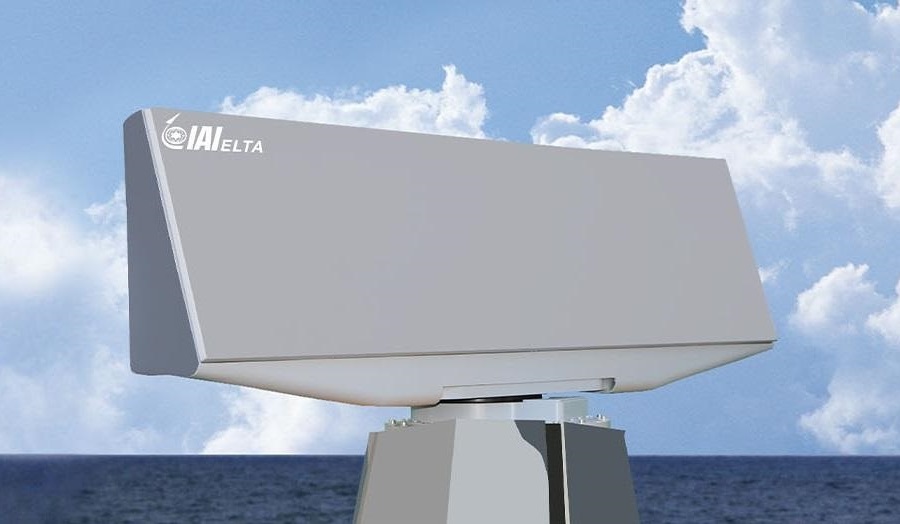The bomb’s fall was cushioned by the sand where it was uncovered, leaving it largely undamaged. The wreckage is likely to be handed over to one of the allies of Yemeni militants, most probably Iran, as has happened before with other types of military equipment.
According to reports, captured U.S. weaponry has previously been used to replicate American technology in new projects. The StormBreaker bomb represents a significant technological advancement compared to its predecessor, the GBU-39/B (SDB I).
What appears to be an unexploded GBU-53/B “StormBreaker” Air-Launched Precision-Guided Glide Bomb has been discovered in the Shabwah Governorate of Central Yemen. F/A-18E “Super Hornets” onboard the USS Harry S. Truman (CVN-75) were seen equipped with the GBU-53/B for strikes… pic.twitter.com/IHQdsOTuLl
— OSINTdefender (@sentdefender) April 25, 2025
A key feature of the GBU-53/B is its tri-mode guidance system, which allows it to detect and engage targets using infrared imaging, millimetre-wave radar, or semi-active laser guidance. Furthermore, the StormBreaker maintains communication with the launching aircraft via a data link, enabling it to be redirected to a new target while in flight.
The GBU-53/B is capable of striking both stationary and moving targets, including at night or during adverse weather conditions. Its autonomous target acquisition system enhances its effectiveness in complex combat environments.
During operations against Houthi forces in Yemen, StormBreaker bombs are being deployed by F/A-18E/F Super Hornet aircraft operating from the aircraft carrier USS Harry S. Truman (CVN 75).

